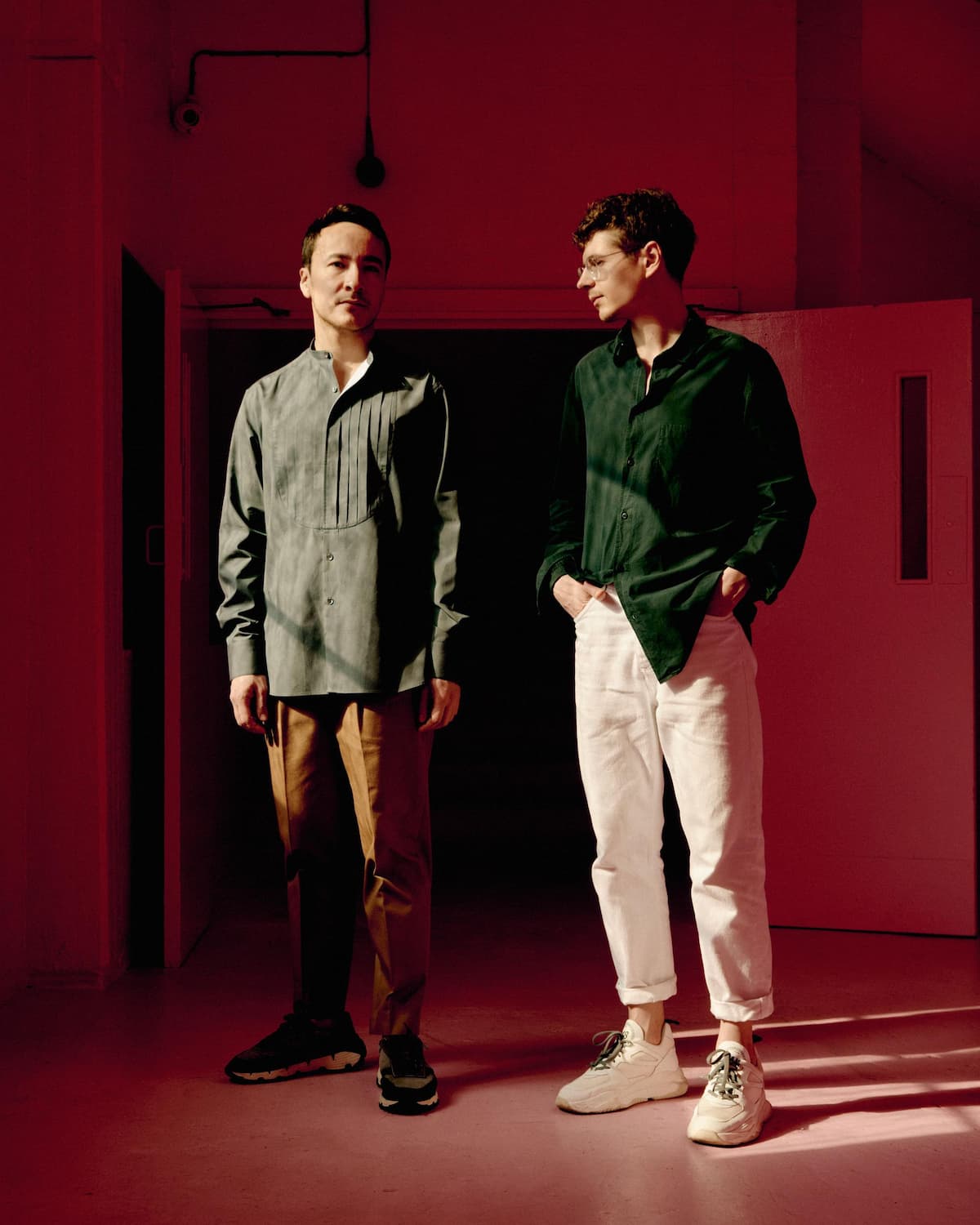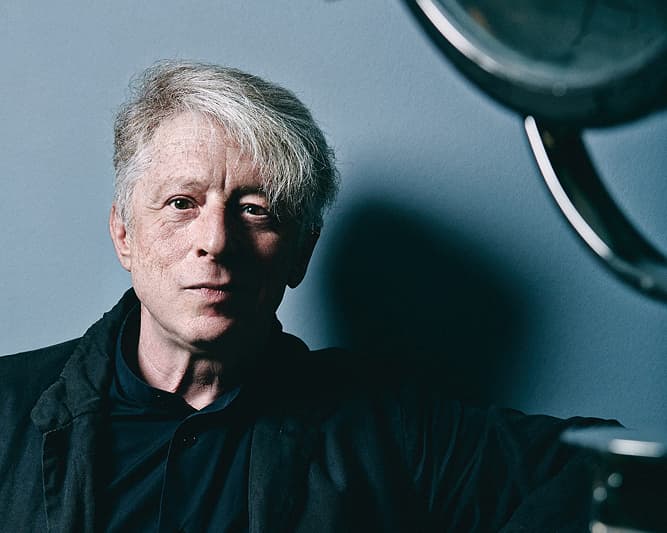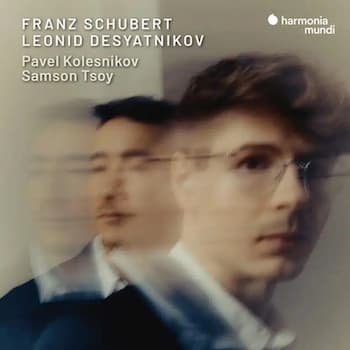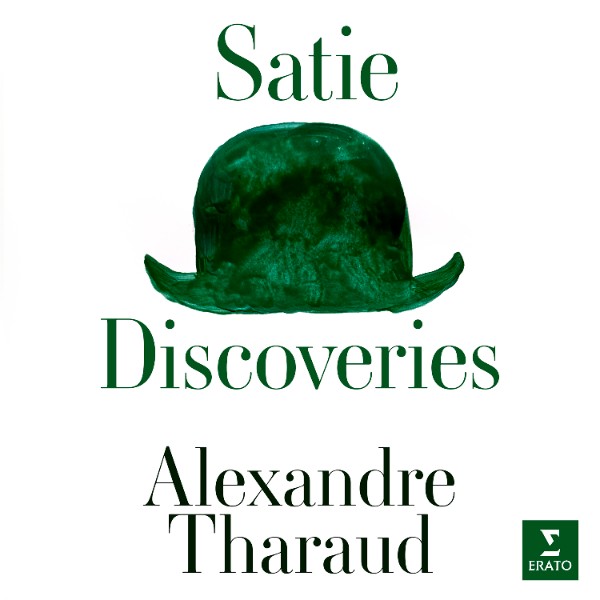Partners at the piano and in life, Samson Tsoy and Pavel Kolesnikov met in 2007 as students at the Moscow State Conservatory, where they chose piano duo as part of their chamber music assessments. They moved to London in 2011, to study with Norma Fisher at the Royal College of Music; Kolesnikov’s career took off after winning the Honens Competition in 2012. They perform internationally – as a duo, as soloists and as chamber musicians.

Samson Tsoy and Pavel Kolesnikov © Joss McKinley
Their first disc for the Harmonia Mundi label presents what is arguably the greatest work for piano duo – Schubert’s extraordinary, expansive Fantasie in F minor, D940. This is preceded by Leonid Desyatnikov’s Trompe-l’œil, specially commissioned by Tsoy and Kolesnikov as a ‘echo’ to the Fantasie. The disc opens with Schubert’s Divertissement à la Hongroise.
Kolesnikov has rightly been described as a “poet of the piano”: his touch is exquisitely refined, his dynamic shadings perfumed and delicate. By contrast, Tsoy is more flamboyant, perhaps more extrovert. Together, their contrasting artistic personalities result in Schubert playing that perfectly illuminates the composer’s shifting moods.
Franz Schubert: Divertissement a la hongroise, Op. 54, D. 818 – I. Andante (Pavel Kolesnikov, piano; Samson Tsoy, piano)
This is nicely demonstrated in the Divertissement à la Hongroise, a work composed in 1824, which opens with a simple, plaintive folksy melody. Initially introspective, the music shifts into more cheerful, sprightly territory, yet the chiarascuro of the minor and major keys is ever present in what is essential a rondo movement. The second movement is more upbeat, a foot-tapping Hungarian-style march, with a syncopated accompaniment. The off-beat syncopation, characteristic of Hungarian music, is heard to even greater effect in the final movement, where Schubert repurposes the theme from his Hungarian melody D. 817, and takes it to new places, with flourishes and even an effect suggesting the Turkish pedal from a Schubert-era fortepiano, which adds a pleasing “tinkle” in the upper register and emphasises the more buoyant nature of this music.
Leonid Arkad’yevich Desyatnikov: Trompe-l’œil (Pavel Kolesnikov, piano; Samson Tsoy, piano)

Leonid Desyatnikov
Trompe-l’oeil by Leonid Desyatnikov sits between the Divertissement and the Fantasie. A large-scale work of some 20 minutes, it is replete with echoes of the D940 – recognisable fragments of melody or rhythmic quotations. It feels more a palimpsest than an echo, as if the composer has scratched away at a much-written-over manuscript to reveal the Fantasie beneath. It will not be to everyone’s taste (it wasn’t to mine, and it felt like an intrusion between the Schubert pieces), yet it’s an interesting piece which reflects the structure and shifting colours and energies of Schubert’s piece, including a fugal section near the end.
Franz Schubert: Fantasie in F Minor, Op. 103, D. 940 – Allegro molto moderato (Pavel Kolesnikov, piano; Samson Tsoy, piano)

It is in the Fantasie in F minor, D940, where the contrasting musical personalities of these two pianists join to create a performance of deep intimacy and introspection offset by dramatic declamation and vivid colour. In the liner notes, the pianists observe “we think that it’s important to distance ourselves from idealising the Fantasy as a perfect, smoothly rounded and amenable piece.” And so while the general landscape of their interpretation is fluid, lyrical and sensitively sculpted, it has its rough edges too. It’s magical Schubert-playing that will stop you in your tracks.
Overall, the playing is beautifully balanced, which speaks of a long-standing creative partnership – these are pianists who know one another well, and understand each other’s particular quirks and sensibilities.
For more of the best in classical music, sign up for our E-Newsletter

